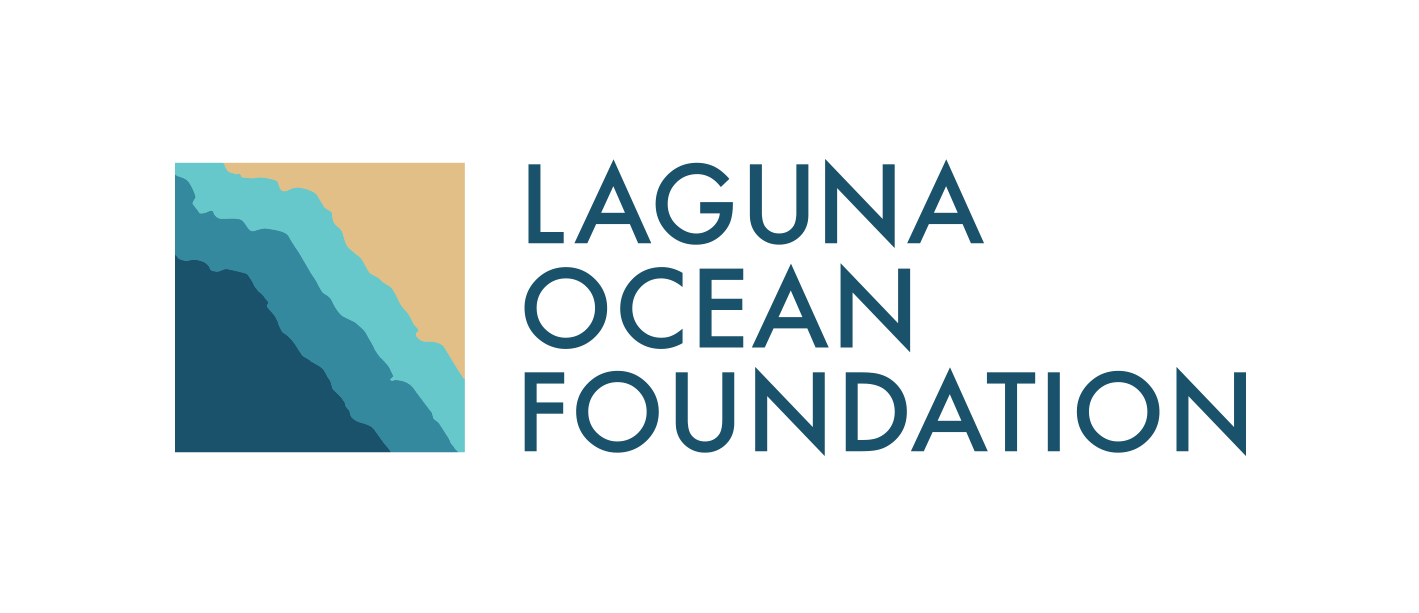Bringing the Lagoon Back to Laguna
Aliso Creek Estuary Restoration
Laguna Ocean Foundation’s Aliso Creek Estuary Restoration project was conceived with the support of local agencies and stakeholders and with initial funding by the California Coastal Conservancy. The plan is to return the Aliso Creek Estuary in South Laguna to a healthy ecosystem.
The degraded estuary, located at Aliso Beach County Park, is currently the site of invasive plants bordering a stagnant lagoon of unhealthy urban runoff. The Restoration Plan will restore the estuary’s ecosystem to support beach dune, tidal mudflats, salt marsh, tule marsh, cattails and shallow freshwater habitats, which in turn will support a wide diversity of fish and wildlife species. The restored wetland habitats will result in cleaner water entering the ocean.
Please join the effort to restore this important estuary by giving to Laguna Ocean Foundation’s Matching Gift campaign. You can give online or mail a check to 1278 Glenneyre St., #133, Laguna Beach, CA 92651.
Project Background
The Aliso Estuary Restoration project continues to make strides forward. There have been many developments to ensure every step is considered and every voice is heard. Read on to learn where we’re at today.
The Aliso Creek Estuary Restoration Project was developed by Laguna Ocean Foundation in pursuit of its community-based mission to conserve and restore Laguna’s unique coastal resources. Just as Laguna’s tidepools need restoration and recovery from decades of public impacts, the Aliso Creek Estuary at Aliso Beach in South Laguna, the only estuary in Laguna, needs a community-based effort to restore it to a healthy ecosystem. Several years ago, Laguna Ocean Foundation took the initiative to ‘Bring the Lagoon Back to Laguna’ and obtained funds from State and Federal agencies to develop a Conceptual Restoration Plan to for the Aliso Estuary. The Restoration Plan was reviewed by the City’s Planning Commission in August of 2024 where they unanimously expressed strong support for the restoration.
In October of 2024, the City Council authorized the project to go to the next step: a thorough environmental analysis through an Environmental Impact Report (EIR). The EIR will evaluate the environmental impacts of the proposed restoration and the City will share the findings of the report for public review and comment. In this way, the community, Planning Commission, City Council and all stakeholders can engage in informed discussion of the restoration project and its long-term benefits and potential adverse effects.
Restoration of Laguna’s estuary is endorsed by the Southern California Wetlands Recovery Project (WRP), a collaboration of 18 public agencies led by the State Resources Agency and Coastal Conservancy to coordinate wetlands restoration in Southern California. The Aliso Estuary is a priority of the WRP Strategic Plan. WRP funders anticipate playing an active role in securing State and Federal funds to pay for the lion’s share of the project’s planning, environmental review, permitting, construction and long-term implementation.
The Aliso Estuary is the only site on the Orange County coast that, once restored, will provide a habitat link between the Laguna Greenbelt and the Laguna Bluebelt (Marine Protected Area) system on the Laguna Coast.
Benefits of the Restoration Project
-
Improvement in water quality through the planting of native vegetation which will better filter water runoff benefitting both humans and wildlife
-
Creation of a resilient and healthy ecosystem that supports native wetland and upland habitats, native plants, and fish and wildlife
-
Enhanced public access to the restored estuary and its immediate setting, including visual access, public trails, lookout points, vistas and a pedestrian bridge
-
Upgraded Aliso Beach Park with new public-serving amenities and infrastructure that enhance the visitor experience and create a sense of place that reflects the site’s natural resources, local character and values of Laguna Beach
-
Development of a new venue for public education, community engagement, and a showcase for local coastal resources and conservation






